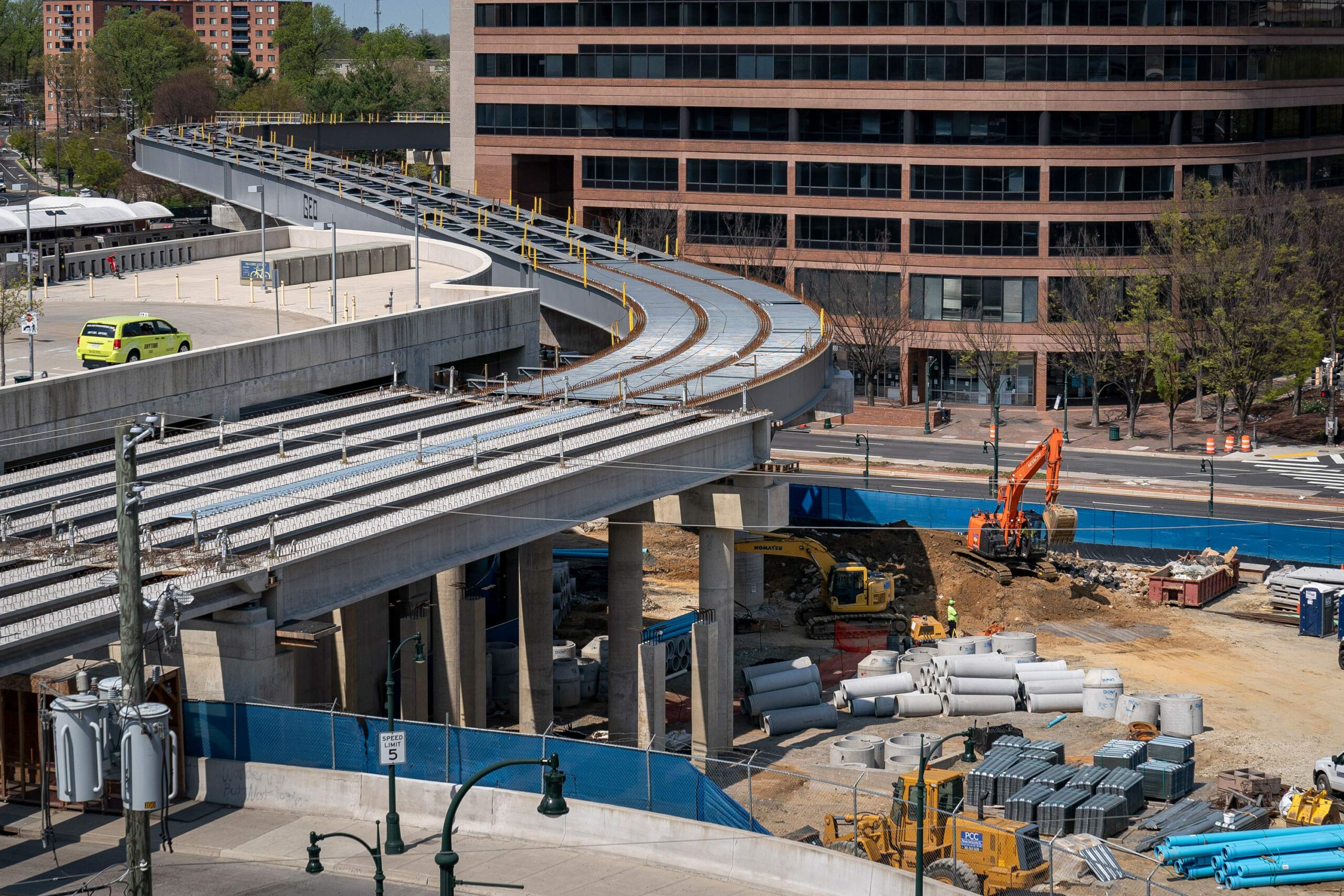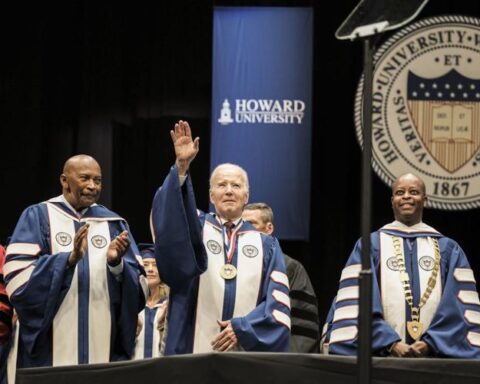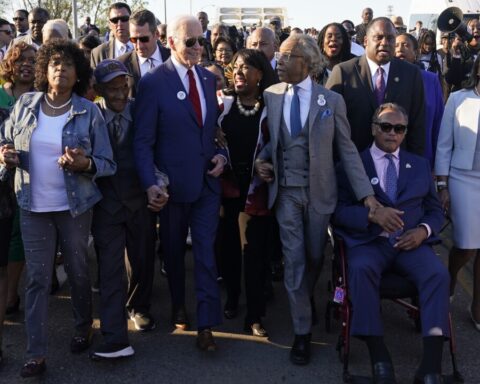There is a lot to like in the President’s Build Back Better plan. It is big — with a total of $4.5 trillion in increased government spending and tax credits over the next decade — but we have big economic problems. One major issue in the American economy is that underlying growth has been disappointing for a long time. Moreover, the benefits of the growth we have seen in recent decades has mostly gone to high-income and wealthy Americans. Build Back Better is focused on addressing these problems.
Of the $4.5 trillion in proposed spending and tax credits, almost $2.6 trillion is for investment in infrastructure, and more than $1.9 trillion is for investment in the labor force. The plan also includes $3.5 trillion in tax increases, about half of which come from higher taxes on mostly large multinational corporations and the other half on the well-to-do. The infrastructure spending is one-time and some of the tax credits will expire. But, since the tax increases remain in place, the plan is paid for over about a 15-year period.
That increased infrastructure spending — on everything from traditional transportation projects to broadband and basic research and development — will support business competitiveness and labor productivity growth, all in an effort to lift the economy’s long-term growth rate.
Increased investment in education, child and eldercare, paid family and medical leave and housing will also support productivity growth and will increase labor force participation. One group this will help most: women, and especially moms. US female participation in the workforce is among the lowest for developed economies given the prohibitively high cost of taking care of children and other family members in need.
The President’s plan needs to go through the legislative process and will surely end up differently than he has proposed, but if it were fully adopted next year, we estimate that labor force participation would increase by nearly a full percentage point, and even more for women, lifting the economy’s underlying real GDP growth by 10 to 15 basis points a decade from now. This boost to growth isn’t a lot each year, but over a generation or two, it will result in a much bigger and wealthier economy.
Build Back Better also works to ensure that the benefits of the larger economy go to lower income households, and thus addresses the long-developing and now serious problem of income and wealth inequality. It will not solve the problem, though it will turn the dial in the right direction. Most of the 3.5 million jobs that we estimate will have been created as a result of Biden’s plan a decade from now will go to those with lesser skills and education and lower incomes. More important in the long run, the plan lifts incomes and wealth of lower-income Americans by helping them increase their educational attainment, go to work, own homes and live closer to their jobs.
The most substantial criticism of this plan is against the higher taxes on corporations and the wealthy. Some worry that these tax hikes will reduce business investment and expansion plans in the United States, while reducing the incentives to work and reducing the savings of high-income taxpayers. Indeed, this will happen, but the negative impacts will be small.
The tax increases in the Biden plan are at least partially about rolling back the tax cuts for corporations and the well-to-do in President Trump’s 2017 Tax Cuts and Jobs Act. However, it is not clear that the TCJA meaningfully increased underlying investment. Instead, much of the tax windfall went into share repurchases and bigger dividends. If the tax cuts didn’t lift economic growth, it is tough to argue that increasing them will appreciably hurt growth.
Biden is proposing some additional tax increases, such as taxing capital gains and dividends like income for those making over $1 million a year, but it is hard to see how this will have a significant impact on the way uber-wealthy households work and save. Of all the tax increases, increasing the top marginal rate on corporations from its current 21% to 28% is likely to have the most significant negative fallout, all else equal. But that’s likely why he is proposing to roll back the Trump corporate tax rate cut only part way and has signaled a willingness to negotiate how far.
The biggest concern for this plan is around that it will be poorly executed. The Build Back Better plan is complex, with lots of massive moving parts. On paper, the plan is paid for and does not add meaningfully to the nation’s deficits and debt as its spending and tax credits ultimately expire. But there is a risk that the tax credits will not expire. Also, heightened tax enforcement by beefing up IRS audits, which is also part of Biden’s plan, might not raise as much additional revenue as anticipated from wealthy taxpayers who are adept at finding loopholes. If they fail to end these programs after a decade of spending , there would be larger federal budget deficits and debt to contend with.
The Build Back Better plan is a bold effort to invest in the nation’s infrastructure and labor force. While the plan will not get through Congress in the same form the president has proposed it, we do expect a significant part of it will become law late this year and to take effect in 2022. If it does, it would positively touch nearly every community in America.





